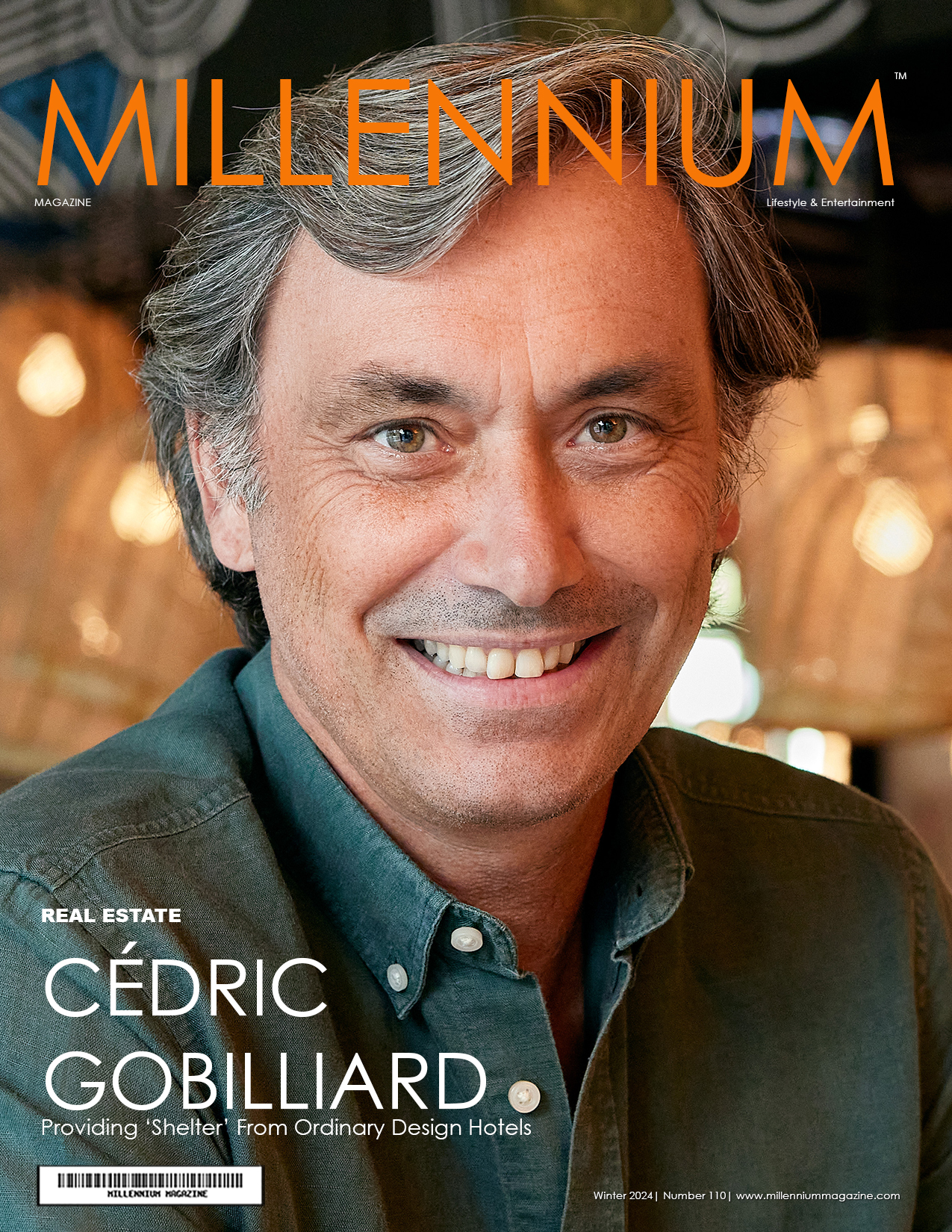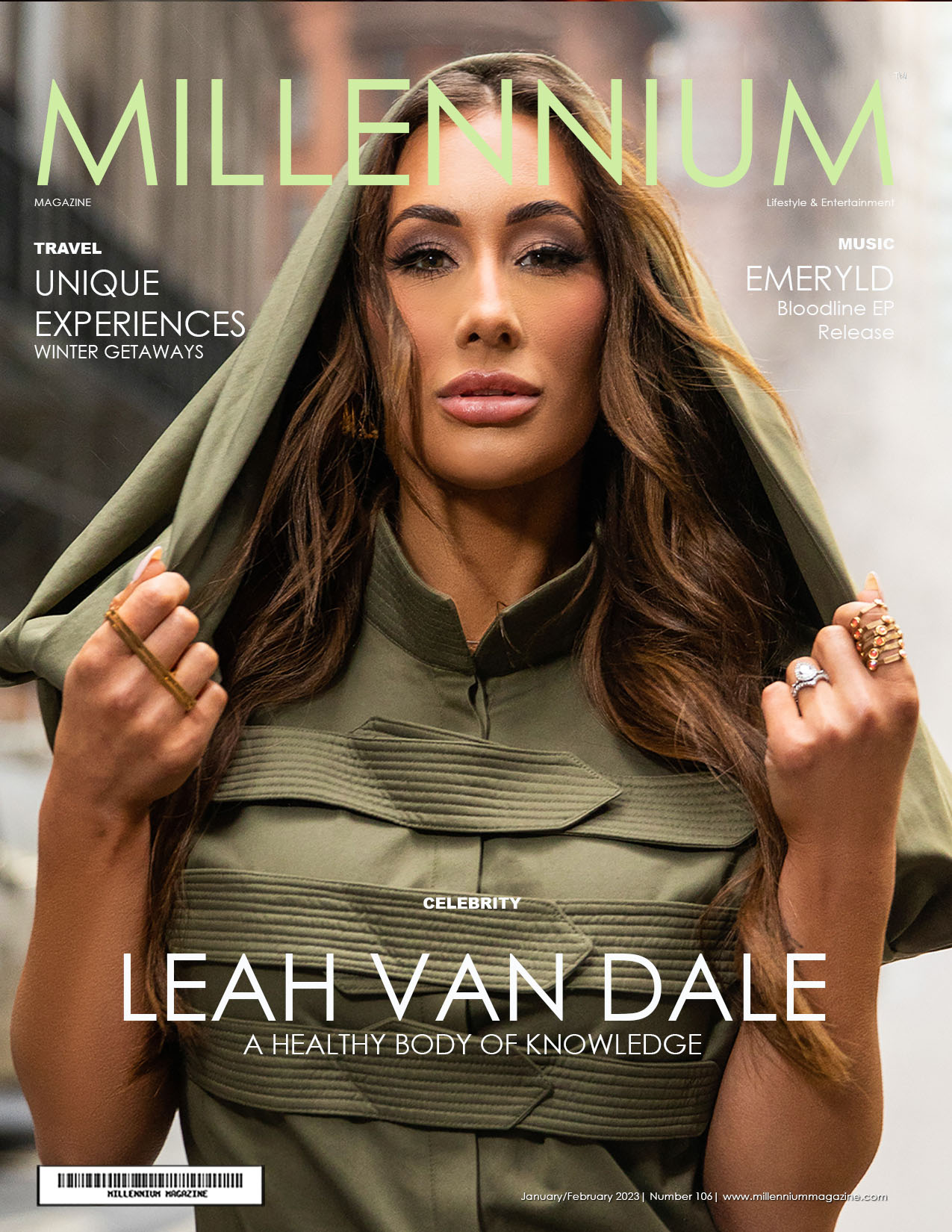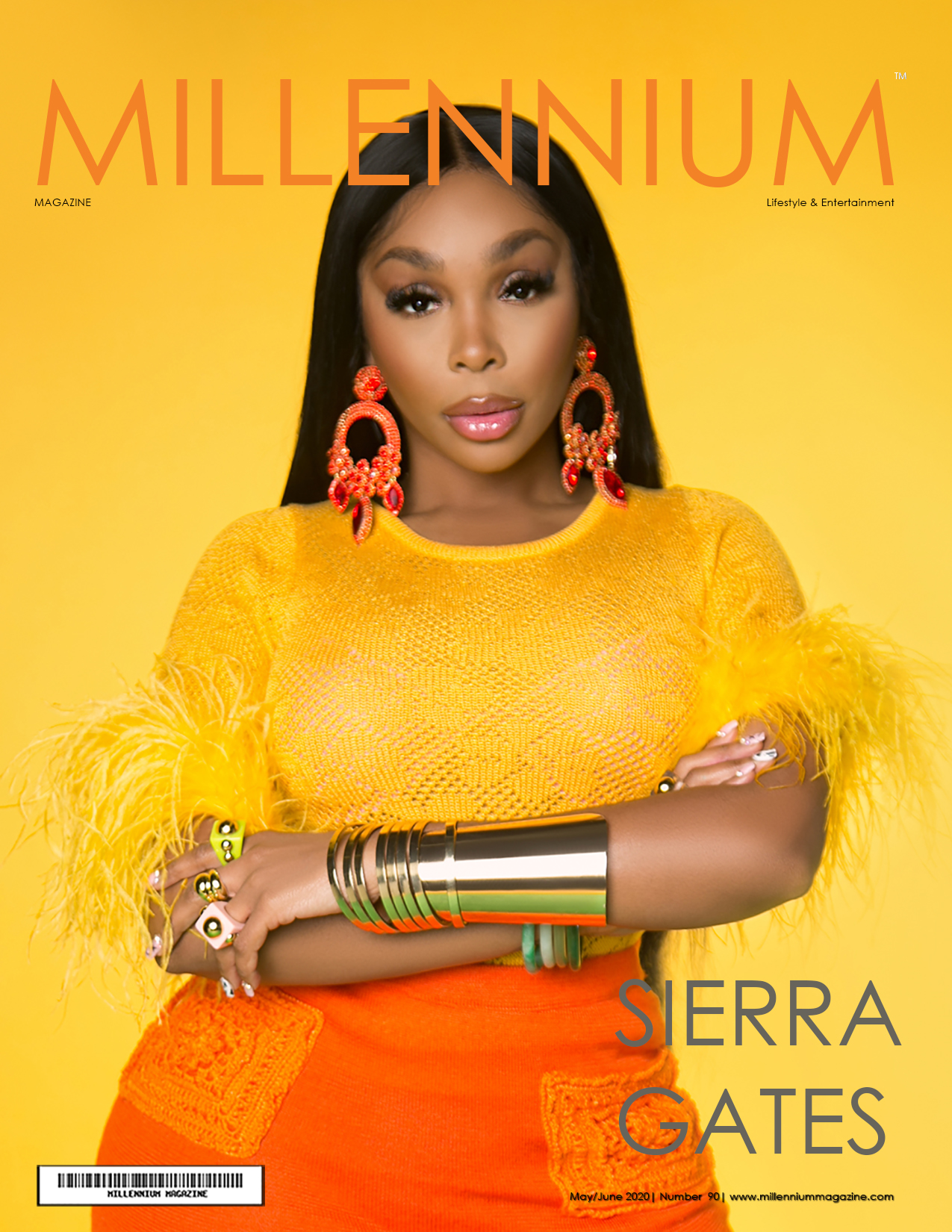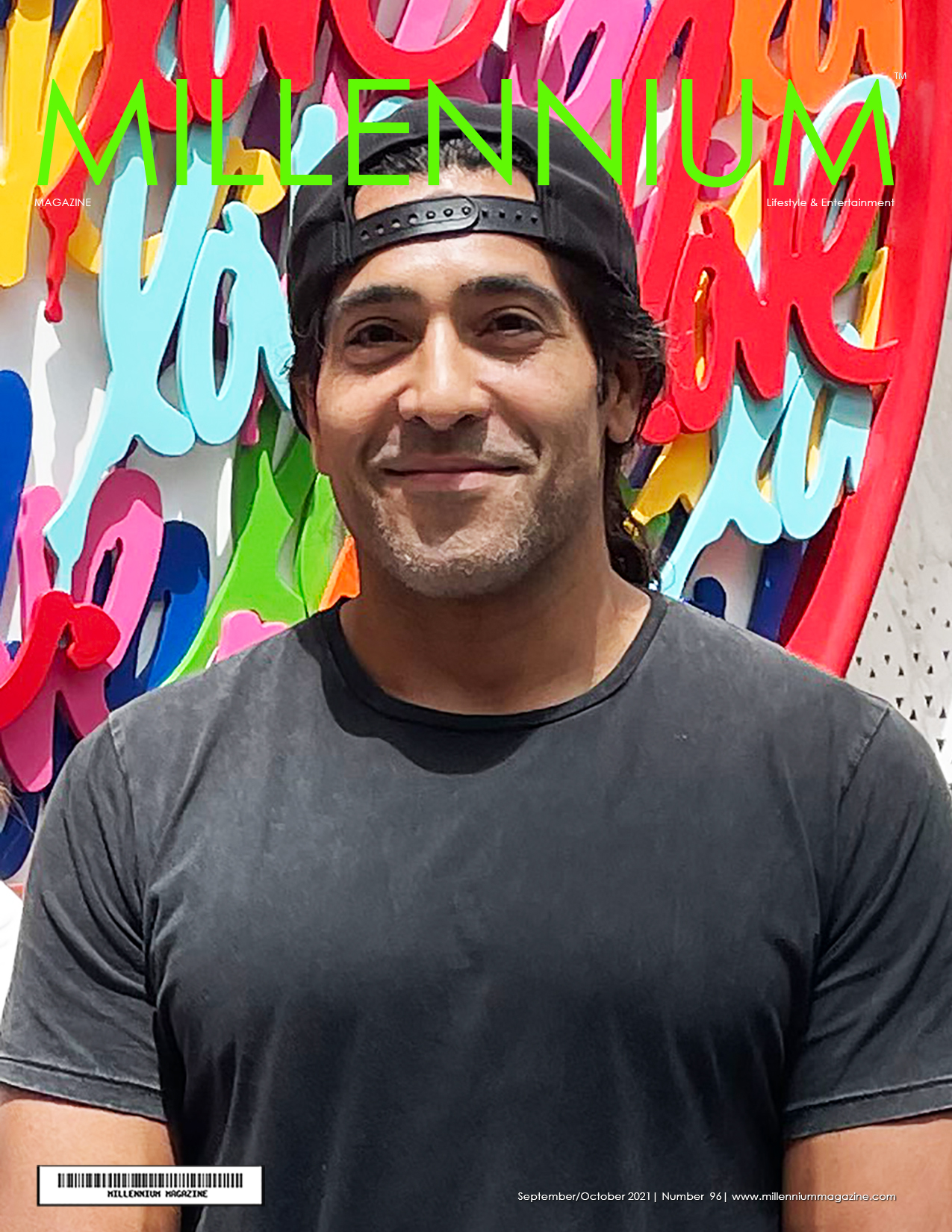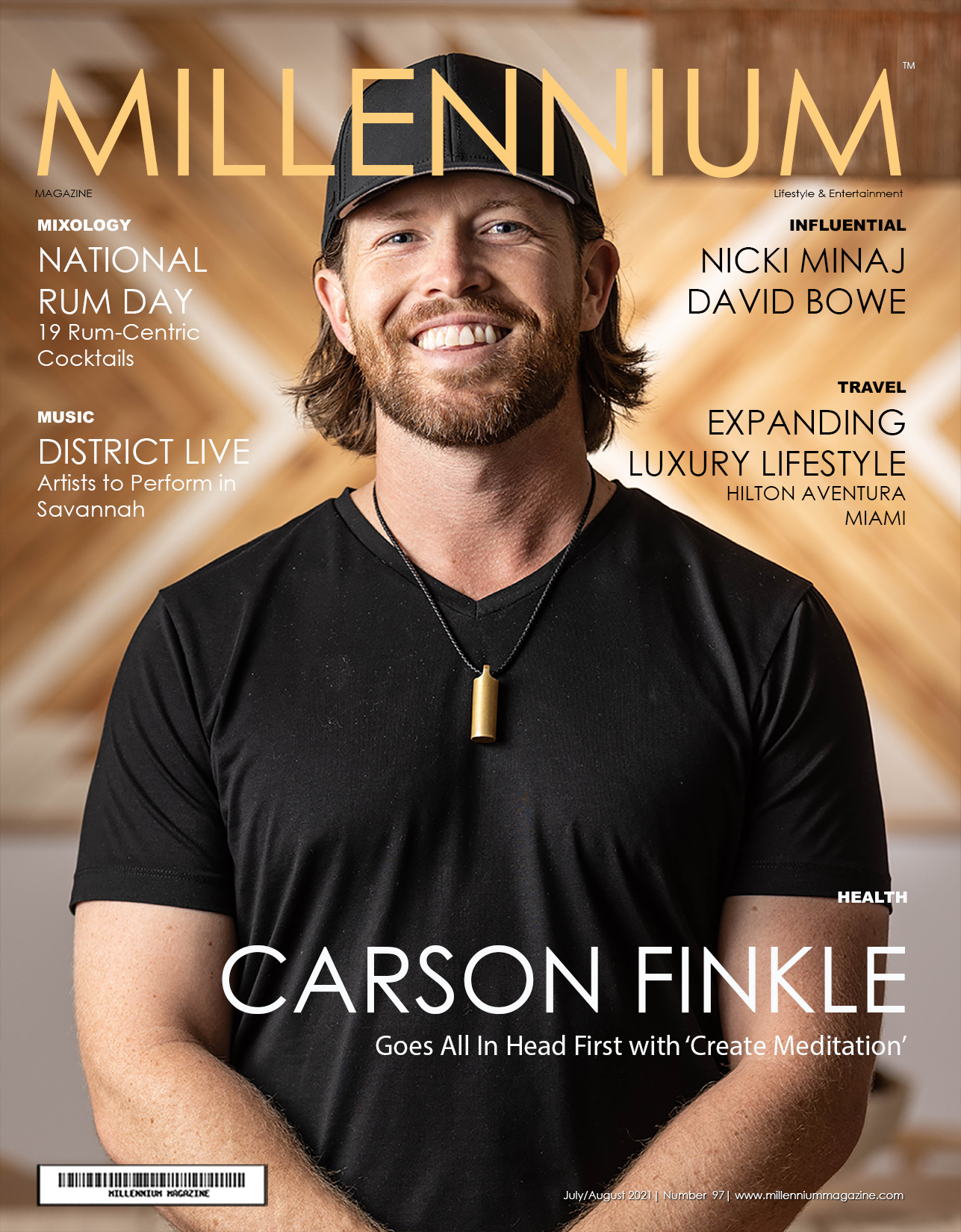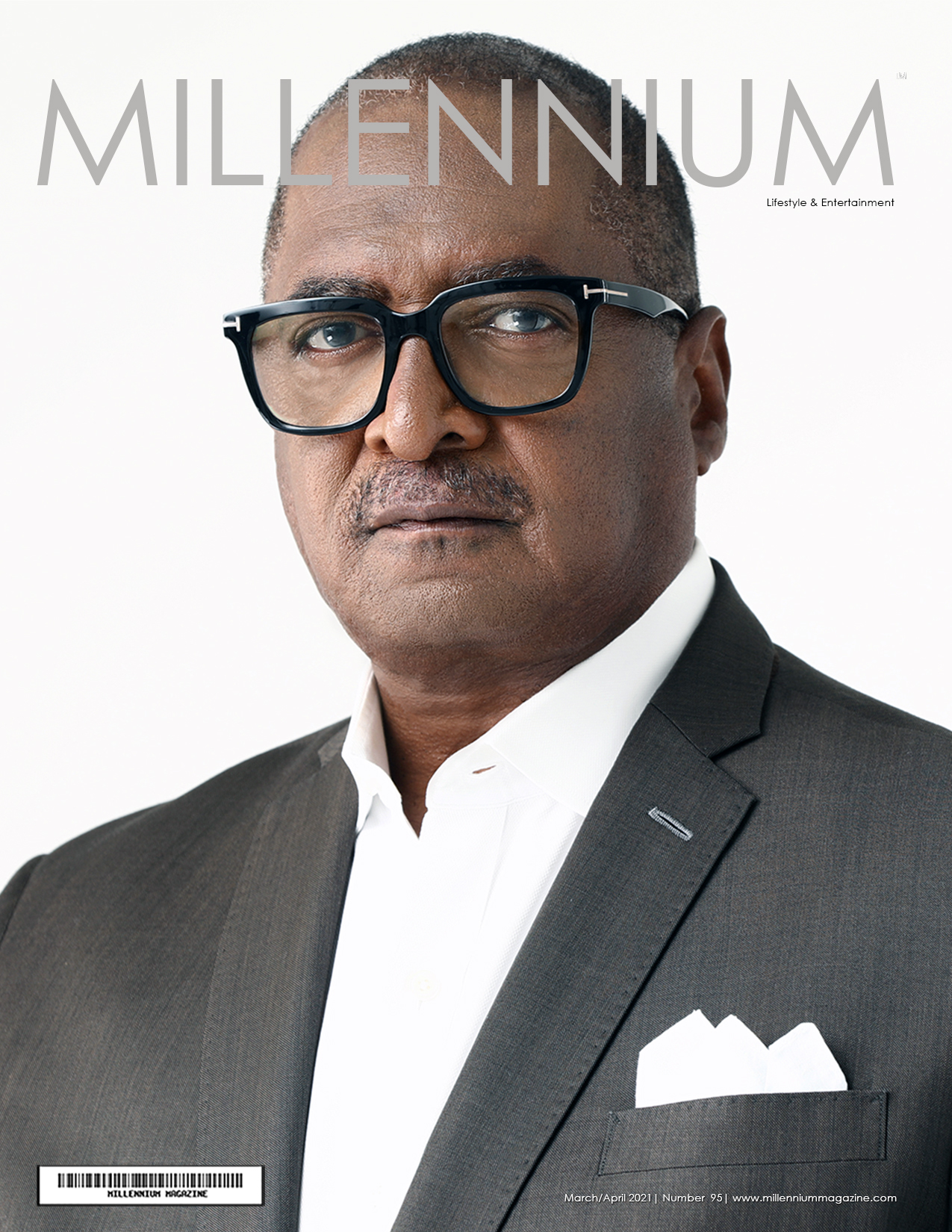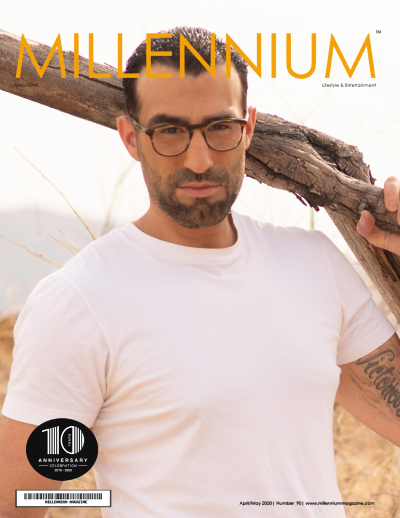
More than 25 years after Nelson Mandela laid the groundwork for a democratic multi-cultural nation, South Africa is still regarded as one of the world’s great “trip-of-a-lifetime” destinations, and not just for its luxury safari camps and tours of the Western Cape’s “Winelands.”
Although Durban—the third largest city—is still in the process of getting on equal footing with Cape Town when it comes to all things trendy, fashionable, and lifestyle-driven, it succeeds as a destination on its own merits. The waterfront, vegetation, and climate are reminiscent of Miami and South Florida, though chances are you won’t be greeted by a family of free range monkeys during your morning walk along North Beach or the city’s colorful and family-friendly beach promenades. History museums include the Old Courthouse Museum, Kwa Muhle Museum, and the Durban Natural Science Museum. The Phansi Museum beautifully displays art from across Southern Africa, while the DurbanJewish Holocaust and Genocide Centre(dbnholocaust.co.za) offers a glimpse into the city’s small but resilient Jewish community.

Durban’s trendier enclaves, including Florida Road, Morningside, and Station Drive, are not easy to access without the assist of an Uber or a friendly local, but well worth the effort. Station Road is an emerging treasure trove of street art, boutiques, vintage shops, and cafes. Highlights include the award-winning Distillery 031 (distillery031.com), S43-Home to That Beer Company (station43.co.za)for craft beer and live music, and daytime pleasures from the exquisite Momenti Gelato, Parkside Coffee, and Khuluma Coffee). Upscale Umhlanga, a half-hour north, features the hopping Lucky Shaker bar (luckyshaker.com) as well as two of Durban’s finest beachfront properties, The Oyster Box Hotel (oysterboxhotel.com) and the Beverly Hills Hotel, both with exceptional food and bar scenes that attract many locals—particularly the Oyster Box’s famed “Curry Buffet” and the excellent seafood at the Beverly Hills.

The more budget-friendly Southern Sun Elangeni & Maharani twin hotels fronting North Beach (owned by Tsogo Sun, the same firm overseeing the Beverly Hills Hotel) also have excellent food and drinks. However, if you don’t mind a bit of Miami-style kitsch (albeit replacing Latin with African influences), head to nearbyuShaka Marine World (ushakamarineworld.co.za), where you will find a variety of food and entertainment venues including Moyo-Ushaka (moyo.co.za/moyo-ushaka, a fun African theme restaurant), and Mini-Town (minitowndbn.co.za), an old school beachfront attraction with scale models of KwaZulu-Natal and international landmarks. A morning stroll or bike ride along the paths may end up being a mini safari, thanks to the presence of monkeys and ocean birds.

Over the course of its history, Durban became home to the largest Indian community outside of India, with 60% of recruited laborers in the 19thand early 20thcentury staying and setting up communities. Their descendants define its culture, deliciously hybridizing African and Indian flavors and ingredients at restaurants at all price points. Victoria Market (victoriastreetmarket.co.za) in Central Durban is a showcase for the Indian community’s influence, which can be experienced in a sensory way through its vendors, who sell alongside merchants offering African artwork and souvenirs. Other interesting landmarks, such as the Jama Masjid Mosque, Emmanuel Cathedral, and Gandhi Library—all playing roles in the struggle for South Africa’s Democracy—are within walking distance.
With authenticity being a focus among the luxury travel set, “Township Tourism” is now a thing in the country’s major cities, providing visitors interesting insights into the daily lives and personal histories of black South Africans during and post-Apartheid. One cannot help but admire the way varius entrepreneurs have made it their business to educate, enlighten and entertain visitors not only with reminders of troubled times, but also art, performance, food and fashion. Even with South Africa’s current political climate, its moving to see Mandela’s legacy in action through people doing what they can to tell their part of the South African story while making their areas a better place.

Near Durban, one can do specialty tours weaving together the country’s past, present, and future. Programs offered at Valley of a 1000 Thrills (1000thrills.co.za) make the townships, culture, and natural highlights of the Valley of a Thousand Hills region (zulu.org.za) accessible to people of all ages. The locally owned and operated company specializes in guided walks into the homeland of Zulu tribes and villages that include traditional performances, Zulu lunch buffets, hands-on cooking demos, biking, hiking, and interaction with residents. In Umlazi/Kasie Township, just outside Durban, the CNN-endorsed nightlife destination Max’s Lifestyle (maxslifestyle.mobi) is a patchwork of bars, patios, live entertainment areas, a car wash, and restaurant serving “brie” fare (barbequed meats).

The Indana Heritage Route (sa-venues.com/things-to-do/kwazulunatal/inanda-heritage-trail/), presents a fascinating timeline tracing the lives of Mohandas K. Gandhi and Mandela. The Ohlange Institute (named for ANC founding president John Dube) is first educational institution founded by a black person in South Africa and modeled after Tuskegee University. Gandhi’s 20 years in South Africa, beginning in 1893 to serve as legal counsel to a local merchant, included founding communal Phoenix Settlement and his lifelong campaign of peaceful protest.
Bloemfontein (bloemfonteintourism.co.za), the country’s seventh largest city, has a rural/agricultural feel to it, and therefore, is not an obvious choice as a destination—even for many South Africans. However, if you are interested in learning more about South Africa’s most influential historical figures and events (as well as some interesting parallels to U.S. history), this conversation-starting town is worth the visit.
The Anglo-Boer War Museum (wmbr.org.za, which also includes the National Women’s Memorial and beautifully maintained gardens) is Bloemfontein’s best-known attraction, and puts the period between 1889 and 1902 into geographic, sociological, and personal contexts which break down the causes and effects of key battles. Thoughtfully displayedpersonal and military artifacts tell the story of soldiers as well as non-enlisted men, women, and children caught in the literal and political crossfire. There is a separate room focused on black indigenous communities—including those from a solid middle class—and how the outcome of the war would later contribute to the creation of Apartheid and the anti-Apartheid movements decades later. Another room detailing the how’s and why’s of Americans, Canadians, Australians, and New Zealanders getting involved in this war effort is also enlightening.

The unfortunate outcome for black South Africans—the roots of Apartheid–led to Bloemfontein becoming the birthplace of the African National Congress, which later gained headlines worldwide in the second half of the 20thcentury. The adjoining museum next to the Waaihoek Wesleyan Church (freestatetourism.org/anc-history/, birthplace of the organization Mandela helped put on the map internationally) details the leaders and activities of the ANC after its renaming in 1923.

Naval Hill, a strategic position for the British during the Anglo-Boer War, is today a place more focused on peaceful pursuits. The roads to the Naval Hill Planetarium (ufs.ac.za/planetarium, which has a long-standing academic affiliation with the University of Michigan) and one of the world’s largest Nelson Mandela statues cut through the Franklin Game Reserve. Unlike lushly packaged safari resort tours, the in-town nature preserve delivers surprising and spontaneous sightings of zebras, ostriches, giraffes, and several bird and antelope species as well as panoramic city views and sunset watching spots.

Entrepreneur Keke Supi, a Botswana native who adopted Botschabela, Manguang (just outside Bloemfontein) as his adult hometown, decided to do his part to make it a better place. His vision, K-la-K Carwash, was the vehicle to make that happen. It combines his passion for cars and car design, via a carwash, with his admiration for his father’s cooking leading to a cafeteria-style restaurant and live entertainment stage. Though it seems humble at first glance (certainly less flashy than Max’s Lifestyle back in Durban), it provides a variety of jobs for the community. Stews, salads, and other dishes are hearty, comforting, and finished with African spices and seasonings (turmeric, allspice, cilantro, cumin, fennel). During the week, the show that goes with the dinner are the washes in progress, done by young men and women who love cars as much as he does. On the weekend, the suds provide the opening act for local musicians and DJs.
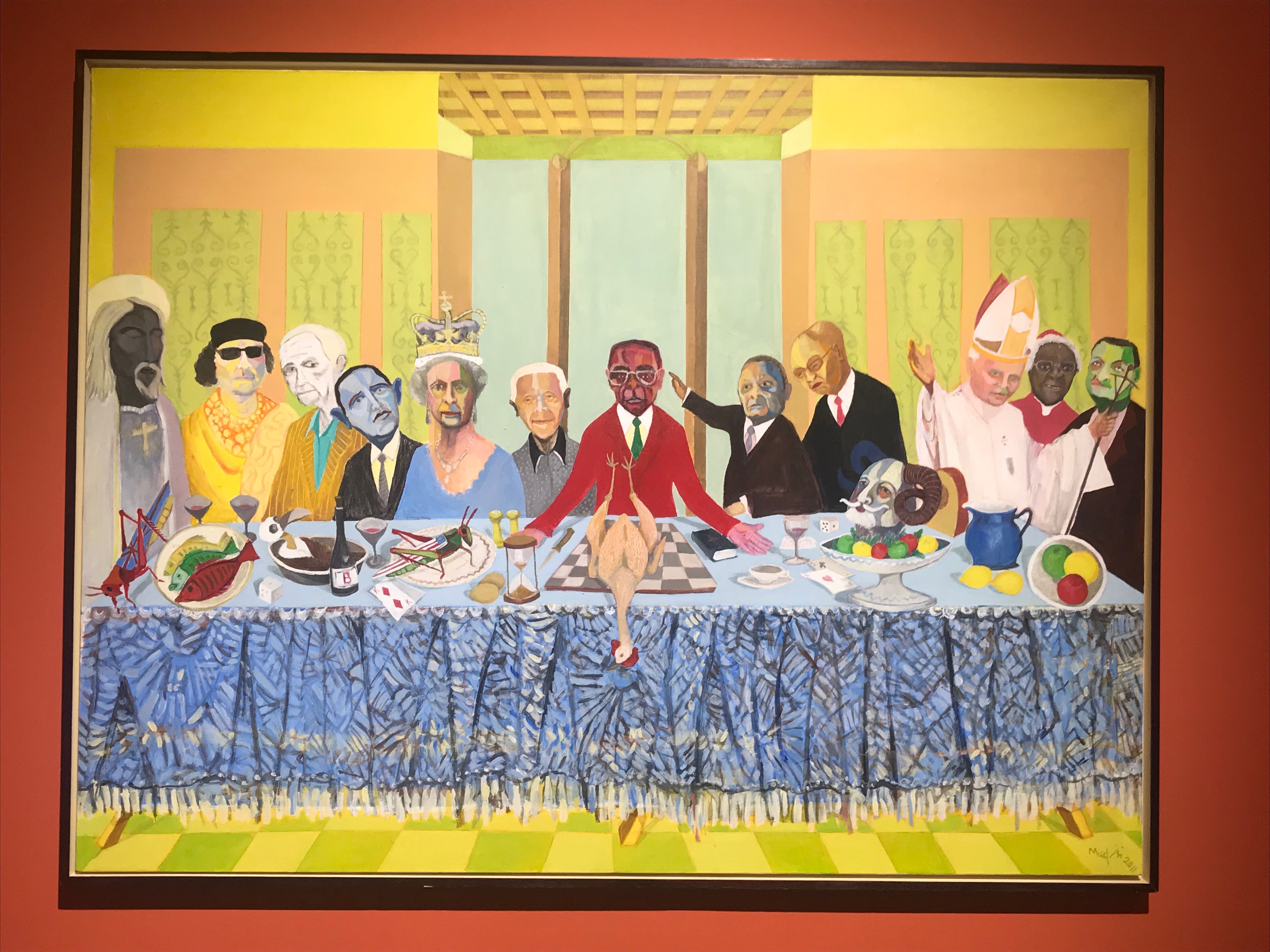
Every trip to South Africa doesn’t seem complete without a Cape Town (capetown.travel) stay, especially as it has been so heavily covered in the travel press over the past 25 years. However, there are plenty of things to savor beyond Table Mountain and posh neighborhoods like Camp’s Bay. A few years ago, it was a new wave of internationally renowned restaurants (most notably, The Test Kitchen and The Potluck Club) that garnered media exposure. However, newer cultural and fashion hotspots definitely deserve a shout-out. Must do’s include the spectacular and moving Zeitz Museum of Contemporary African Art (zeitzmocaa.museum) and the Crypt Jazz Club (thecryptjazz.com) at St. George’s Cathedral, a key historic site and former spiritual home of Bishop Desmond Tutu which also features a hall with historic photos documenting the Anti-Apartheid struggle.
On its own, Woodstock represents urban renewal at its best, with its mix of artgalleries, distilleries, bars, restaurants, and shops in upcycled buildings adorned with vibrant murals. The Old Biscuit Mill (theoldbiscuitmill.co.za) continues that vibe with more one-off boutiques and restaurants occupying the one-time flour mill. The coolness factor of the place magnifies every Saturday with the Neighbourgoods Market*, which assembles more up-and-coming design talents in the decor and fashion realm as well as a farmers’ market and kiosks that showcase come of the city’s top bistros, casual eateries, and food trucks. Rain or shine, the market also features live entertainment and prime people watching.

If you are already visiting Cape Town, there will probably be that pull to dedicate a day or two to the “Winelands” and some of the wineries that have become world famous in recent decades. Although Stellenbosch is the best-known foodie destination in this expanse, Franschhoek (which translates to “French Town” in Afrikaans) has its own fair share of wineries, B&B’s and foodie havens. Nothing epitomizes this more than Babylonstoren (babylonstoren.com), a complex of Cape Dutch houses and barns dating back to the 18th century. Guests are greeted by geese, chickens, ducks and turkeys at the edge of the parking lot, and once inside, will spot tortoises and donkeys, native wild steenbok and some of the 78 bird species that have been spotted on the property over the years.
The heart and soul of Babylonstoren, however, is its exquisitely landscaped garden, modeled after the Company’s Garden of Cape Town, established in the 17th century to supply the crews of passing commercial ships with food. The garden tours, which begin at 10 a.m. on most days at the chic Farm Shop, are led by a knowledgeable gardener-guide who will not only explain the practical organization of the expanse (which today supplies the farm’s two restaurants: Babel and the Greenhouse). Tasting or smelling certain things in season is often encouraged, as the guides discuss the origins and uses (culinary, aesthetic, and medicinal) of the different fruits, vegetables, and herbs.

While the Bochendal Wine Estate (Boschendal.com) is known for its world-class wines, The Werf Restaurant is a fabulous extension of the winery, providing the perfect backdrop for a special occasion family dinner. Every diner gets to craft his or her own three- to five- course menus. The space, built into the original cellar of the winery’s manor house, overlooks the Werf Food Garden. Here, executive chef Christiaan Campbell and his team pick and choose seasonal ingredients at their peak of flavor (proteins and vegetables). The regularly changing menu features three to five dishes per category (Garden, Ocean, Pasture, and Sweet) so everybody can enjoy the local bounty on their own terms.

Mullineux & Leeu and Leeu Estates (leeucollection.com/SA) offer another luxurious slant on the winery as lifestyle experience. Why settle for a tasting at a counter or display in a wine shop when you could book one of three bespoke wine tastings (Mullineux Signature Tasting, Mullineux Single Terroir Tasting, Leeu Passant Tasting)in The Wine Studio, designed by noted Spanish architect Tomeu Esteva as the ultimate living room. The Dining Room and spa restaurant inside The Manor House at Leeu Estates are feasts for all of the senses between the Dassenburg mountain and valley views and statue and rose gardens lining the property.



